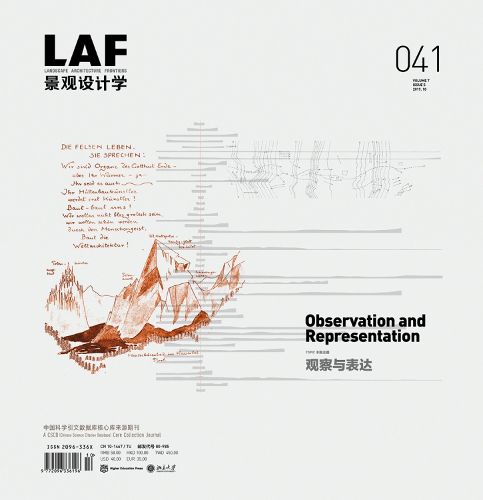Readings Newsletter
Become a Readings Member to make your shopping experience even easier.
Sign in or sign up for free!
You’re not far away from qualifying for FREE standard shipping within Australia
You’ve qualified for FREE standard shipping within Australia
The cart is loading…






Observation and representation is a foundational subject in Landscape Architecture. Landscape design is a process shaped by the connections and interactions among designers, users, and the real world. This issue aims to explore the ways that help landscape architects: 1) see the scientism of design disciplines and explore the methodological principles of design generation; 2) translate and convey design ideas and emotional inspiration to the users with rich design vocabulary (in size, shape, material, proportion, composition, etc.) through multiple perceptual approaches; 3) read sites from economic, ecological, cultural, and other perspectives to present more convincing and appealing landscape narratives with the aid of emerging technological means; 4) understand various needs of all parties and stakeholders, coordinating interests and benefits and improving the utilisation of public resources through landscape design; and 5) create educational places for improving the public’s rational and aesthetic norms.
$9.00 standard shipping within Australia
FREE standard shipping within Australia for orders over $100.00
Express & International shipping calculated at checkout
Observation and representation is a foundational subject in Landscape Architecture. Landscape design is a process shaped by the connections and interactions among designers, users, and the real world. This issue aims to explore the ways that help landscape architects: 1) see the scientism of design disciplines and explore the methodological principles of design generation; 2) translate and convey design ideas and emotional inspiration to the users with rich design vocabulary (in size, shape, material, proportion, composition, etc.) through multiple perceptual approaches; 3) read sites from economic, ecological, cultural, and other perspectives to present more convincing and appealing landscape narratives with the aid of emerging technological means; 4) understand various needs of all parties and stakeholders, coordinating interests and benefits and improving the utilisation of public resources through landscape design; and 5) create educational places for improving the public’s rational and aesthetic norms.